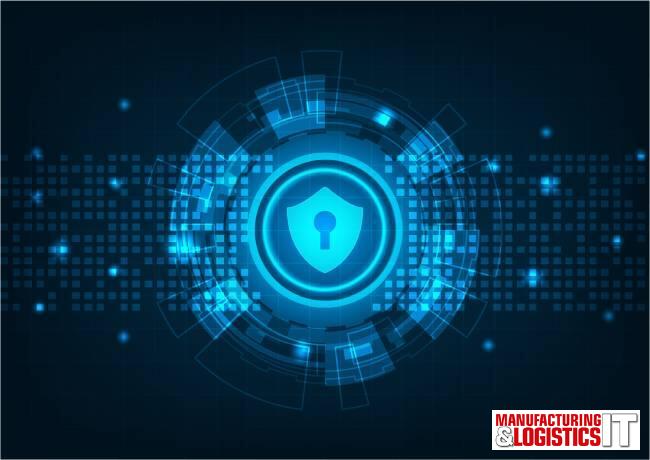[ad_1]
The landscape of work has transformed dramatically since the global COVID-19 pandemic, with remote work becoming increasingly prevalent across most industries. However, along with the benefits of remote work come significant cybersecurity challenges. Here’s how you and your business can address these issues and safeguard your sensitive data.
Trevor Cooke, the online privacy expert at EarthWeb, discusses how to keep yourself safe from the growing cybersecurity risks associated with remote working.
Four Remote Cybersecurity Strategies
Secure Your Network With Location-Aware VPNs
Instead of relying solely on traditional VPNs, consider implementing location-aware VPNs that dynamically adjust security protocols based on the user’s location. For example, when an employee connects from a known secure location like their home office, the VPN may provide full access.
However, if they log in from a coffee shop or other public space, the VPN could enforce stricter security measures to protect sensitive data. Trevor suggests, ‘By tailoring VPN security based on user location, organizations can adapt to varying levels of risk and enhance overall cybersecurity.’
Use Your Unique Biometric Data As A Safeguard
Enhance Multi-Factor Authentication (MFA) by incorporating biometric authentication methods such as fingerprint or facial recognition. In addition to requiring a password and secondary verification, biometric MFA adds an extra layer of security by uniquely identifying users based on physical characteristics. Trevor explains, ‘Biometric MFA offers a more robust defense against unauthorized access, as it combines something the user knows (password) with something they are (biometric data).’
Tightly Encrypt Your Sensitive Information
Encrypting data is a fundamental strategy for protecting sensitive information from unauthorized access. Trevor advocates for the widespread adoption of robust encryption techniques to secure data both in transit and at rest. By encrypting data, organizations can ensure that even if it falls into the wrong hands, it remains indecipherable and unusable.
Implementing end-to-end encryption, where data is encrypted on the sender’s device and only decrypted on the recipient’s device, adds an extra layer of security. This means that even if data is intercepted during transmission, it cannot be deciphered without the encryption key.
Give Your Employees Real Experience With Simulated Cyber-Attacks
Instead of traditional security awareness training, conduct interactive simulated attacks to test employees’ responses to real-world cyber threats. These simulated attacks, such as mock phishing campaigns or ransomware simulations, provide hands-on experience and immediate feedback to reinforce cybersecurity best practices. Trevor emphasizes, ‘Interactive simulated attacks offer a more engaging and effective way to train employees, allowing them to experience the consequences of their actions in a controlled environment.’
[ad_2]
Source link



